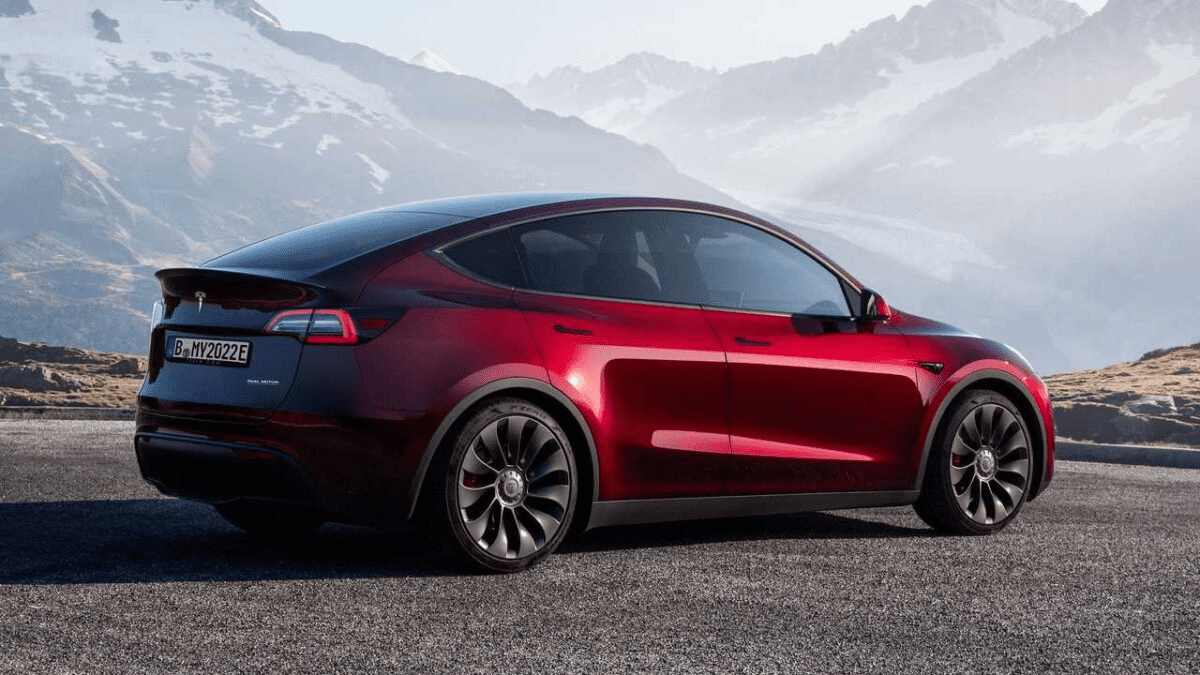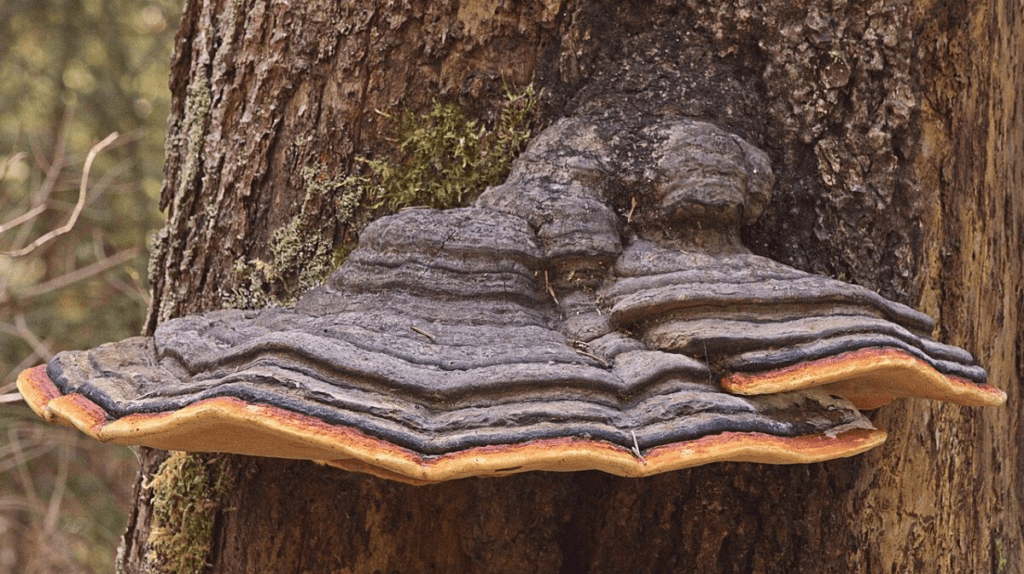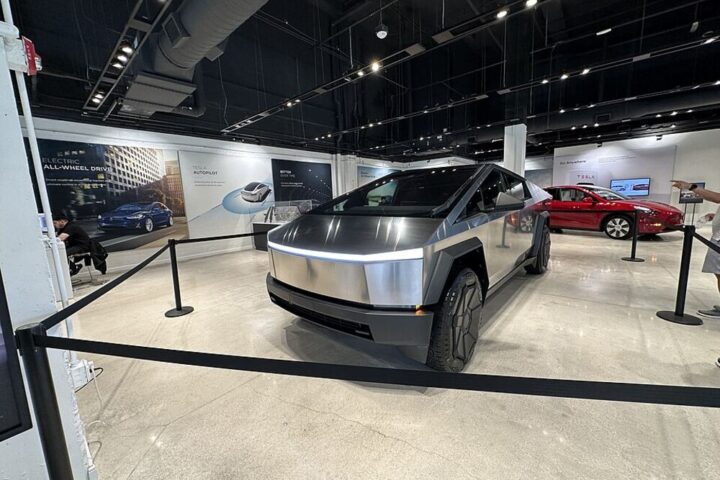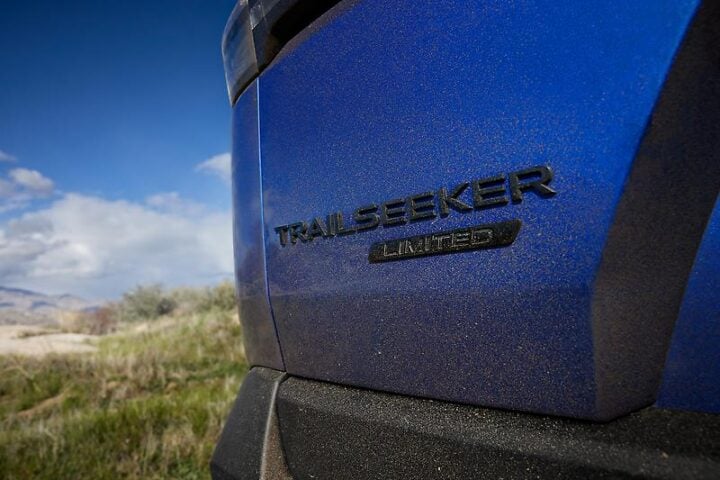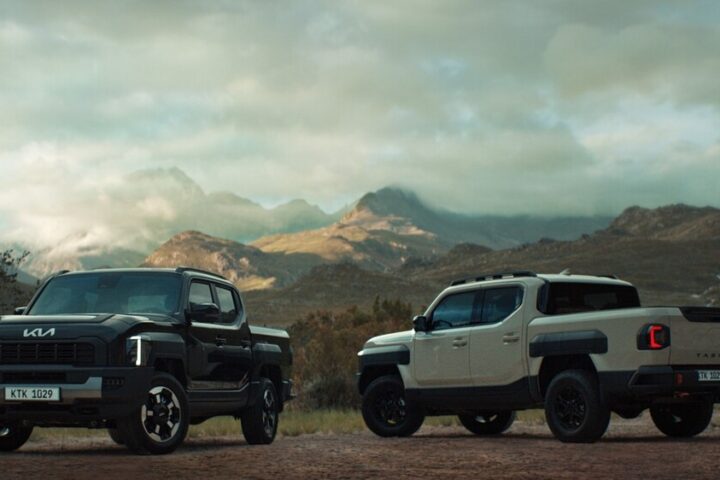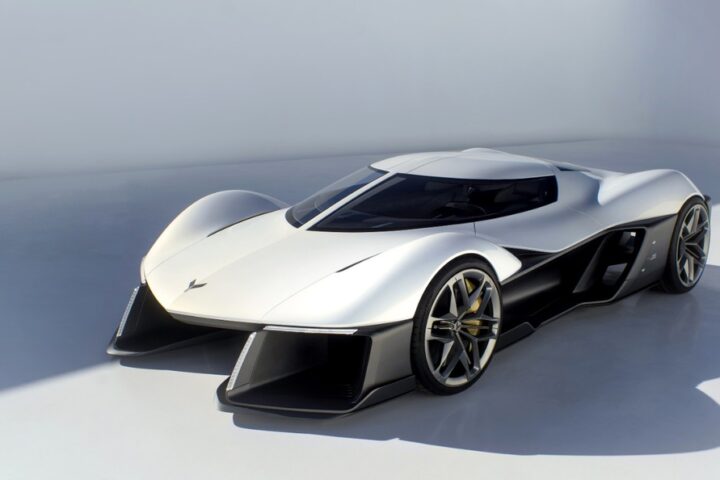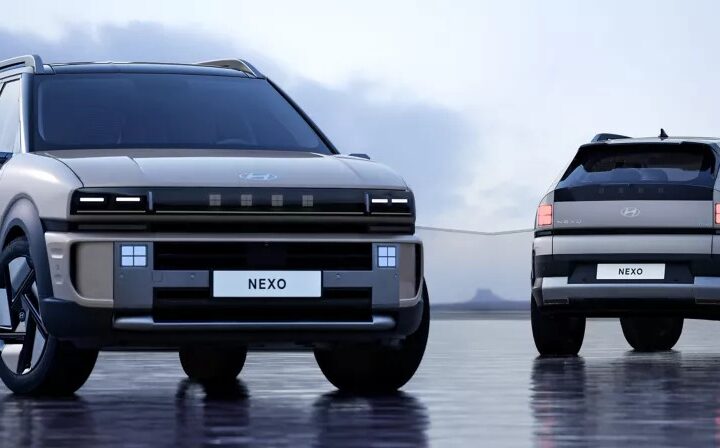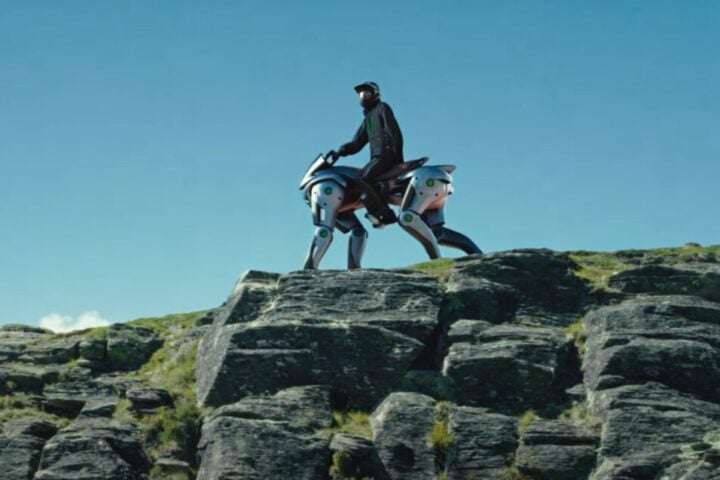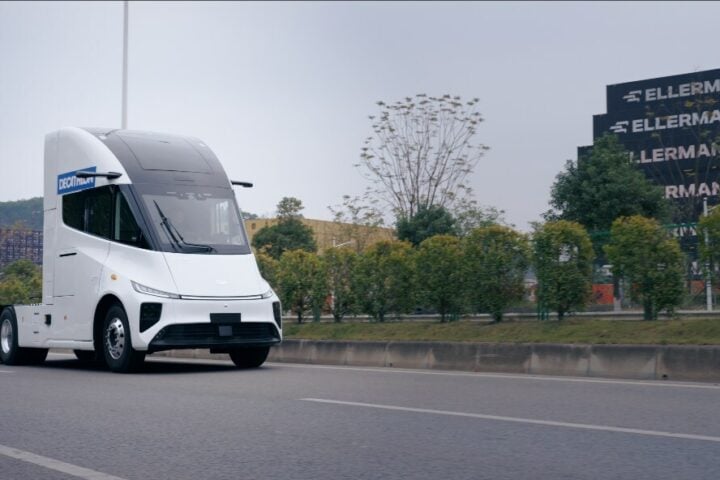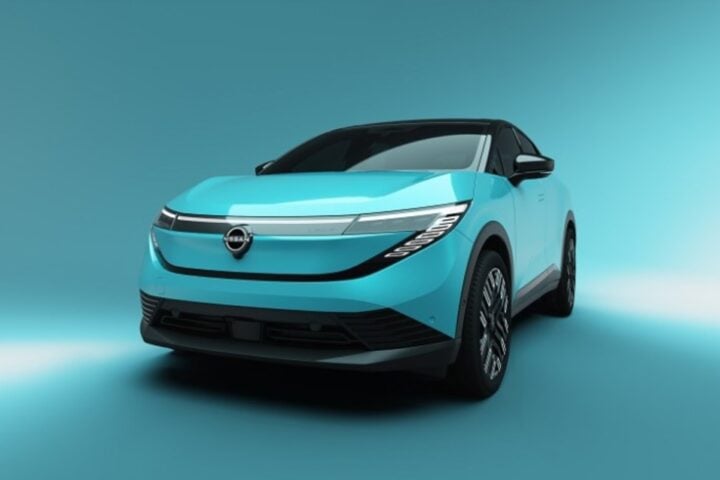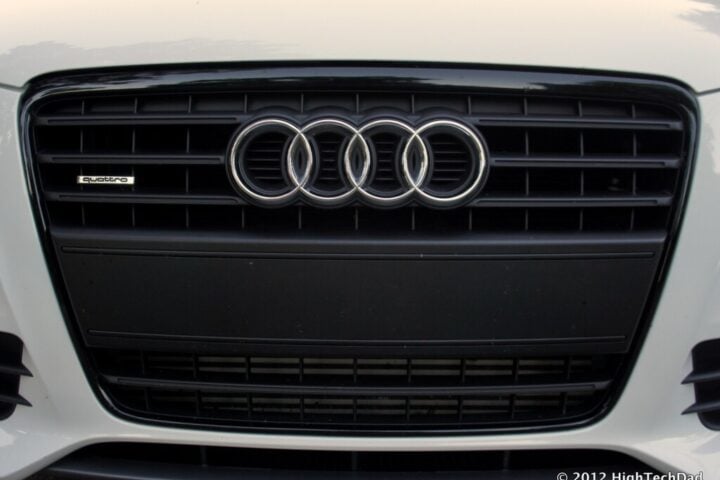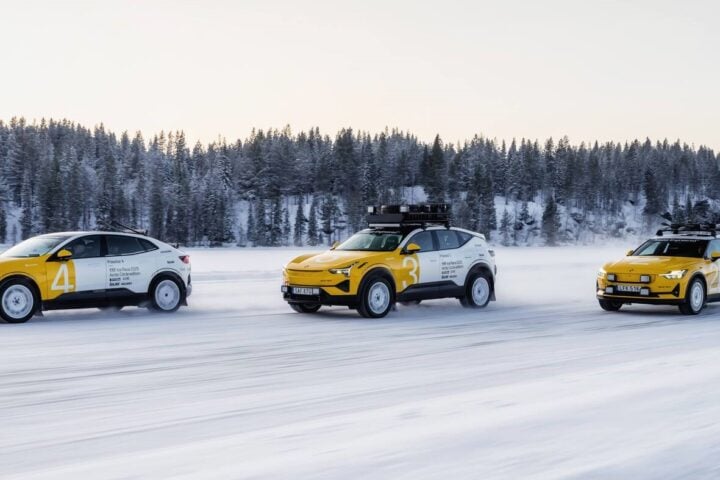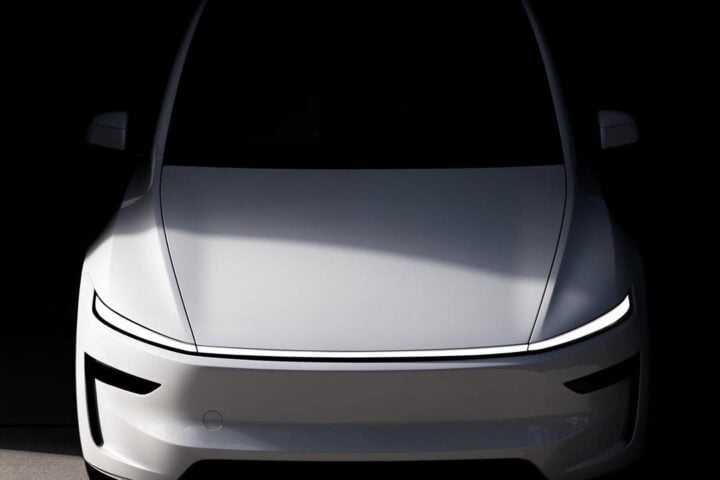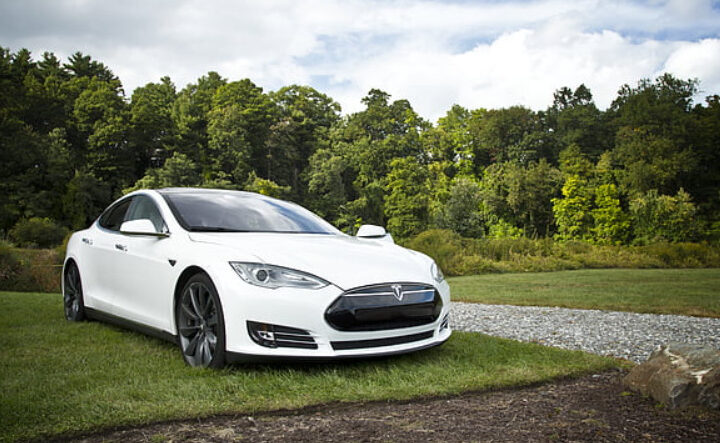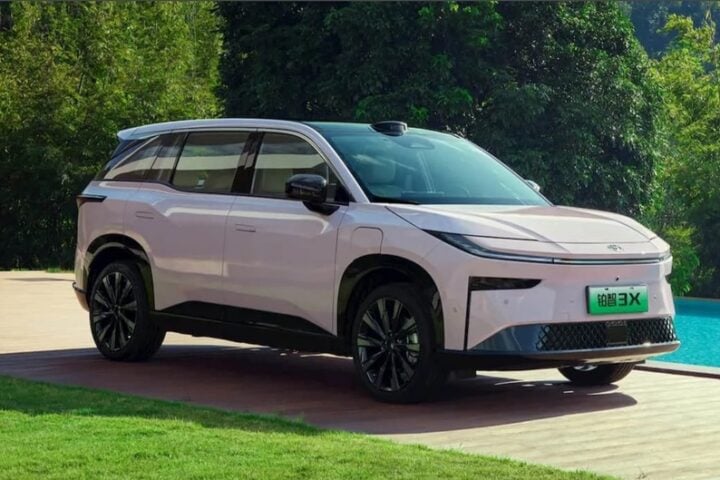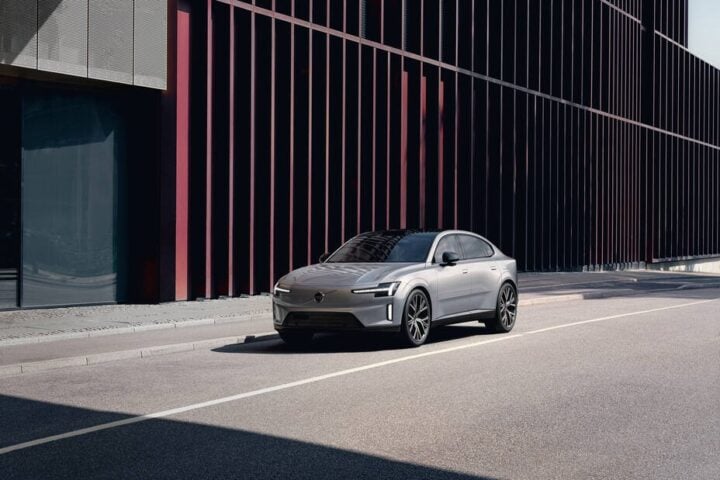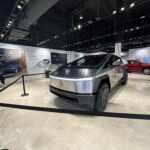The latest versions of the Tesla Model Y, produced at Gigafactory Berlin and equipped with BYD batteries, has achieved a remarkable advancement in its charging capabilities compared to its predecessor. The recent collaboration between the American automaker and the Chinese manufacturer BYD has led to advancements in Tesla’s battery capabilities.
Tesla and BYD, once skeptical of each other’s capabilities, have now become unexpected partners. Tesla has commenced the purchase of battery cells from BYD, and these cells are being utilized in the production of Model Y crossovers in Germany. Consequently, we now have Tesla Model Y vehicles being manufactured at Gigafactory Berlin that are equipped with BYD battery cells, a development that may not have a widespread impact but is certainly worth exploring.
Although Tesla and BYD are generally perceived as rivals, CEO Elon Musk has made it clear that the two companies maintain a positive relationship. Musk has expressed his respect for some of Tesla’s Chinese competitors, similar to his admiration for Ford in the United States, although he considers Chinese brands as the true rivals. Last year, the two companies forged a closer partnership, with Tesla beginning to source battery cells from BYD. Specifically, Tesla is believed to be employing BYD’s innovative “Blade battery,” which features an LFP (lithium iron phosphate) cell design resembling a long blade.
Observations have revealed that the new BYD cells retain their peak charging rate for a significantly longer duration compared to the older Model Y variants equipped with CATL LFP cells. Despite having a similar top charging rate, the BYD cells can sustain this rate through a higher state of charge, promising shorter overall charging sessions. Previous reports had suggested the possibility of Tesla Model Y vehicles produced in Berlin featuring BYD battery cells, and while this may have surprised some, it aligns with Tesla’s strategy of procuring battery cells from multiple sources and employing different chemistries in different models.
Similar Post
Reports made it evident that Tesla was procuring battery cells from BYD, although details were scarce. The potential use of the BYD “Blade battery,” an LFP cell designed in a longer format resembling a blade. The confirmation that Tesla was indeed producing vehicles with some form of BYD battery cells generated considerable interest among fans and experts.
The new BYD battery cells have demonstrated the ability to maintain their peak charging rate for a longer duration compared to CATL’s LFP battery cells. While the two brands and formats exhibit a similar upper charging rate, initial assessments indicate that the BYD cells have a slightly higher upper charge rate and can sustain it for an extended period over a higher state of charge. Ultimately, this suggests that the BYD battery cells will enable faster charging compared to the CATL cells.
